How do you keep your back healthy?
This week marks Back Care Awareness Week. As an Osteopath with 25 years’ experience, Robin Kiashek says: “It’s often back issues that first prompt people to approach me”
In fact, according to the NHS, 70 percent of us will suffer with back pain at some point in our lives. So, Robin has pulled together some quick top tips for protecting our backs throughout our adult life.
Back care under 30
Robin says: “I’m full of admiration for the invincible attitude of youth, whether it’s leaping out of bed and straight out for a run or feeling fully refreshed after just a few hours sleep on a friend’s sofa. But these habits are far from back friendly.”
Robin’s advice is to focus on the basics at this time of life:
- Invest in the best bed you can afford. Bear in mind that, from a support point of view, a divan rather than slat base will do a better job and potentially give your mattress a longer life.
- It’s worth shopping around for a pillow that fits snugly into your neck and shoulders and supports your head. On which note, many of us sleep with two pillows but one could well be better for you. The aim is to lift your head slightly to keep your neck and back in alignment.
- Stretching daily as a stand-alone activity can boost muscle and joint health, decrease the risk of day-to-day injury by improving flexibility, reduce tension and improve posture.
“I know that young people live busy lives but now is the time to lay those foundations for future back health and a few small adjustments to life now could pay dividends in the future,” Robin added.
Tips for back care under 50
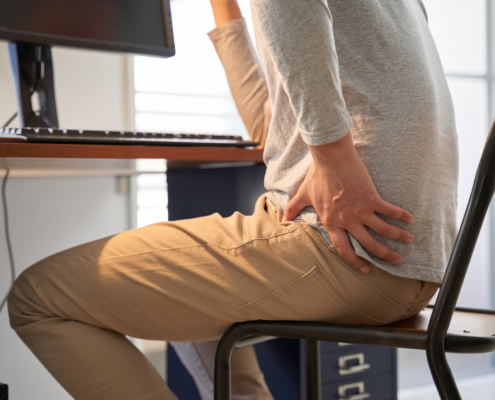
“The years between 30 and 50 can be tough on the back,” says Robin.
“Children may have come onto the scene and, in addition to endless joy of course, they bring lifting, carrying and general strain for the back. There’s the child itself, but also all the paraphernalia – car seats, buggies to be collapsed and opened (while also holding a child) and the list goes on.
“This can also be the period of life when people are stuck by a sudden urge for fitness.”
So, Robin has a few words of wisdom around lifting generally and exercising:
- An oldie but goodie – bend from the knees! If you’re lifting, then let your legs take some of the strain.
- Keep it close – it’s easier and less strain on the back to lift things if you bring them closer to your body.
- Avoid the hip pop – mainly one for parents but if you find you’re regularly balance a child on your hip then do try to alternate.
- Baby steps – nothing to do with babies, this one refers to starting a new exercise or fitness regime. Enthusiasm and a desire for results can see people trying to run before they can walk when it comes to exercise. But a slow progression gives your joints and muscles time to adjust to the new moves you’re asking of them. And is less likely to see you injured and back on the couch!
Looking after your back at 50 plus
We all know the benefits of keeping active, eating well and maintaining a healthy weight. But Robin has a few extra tips for those in their 50s when it comes to looking after your backs.
- Remember the core. Strong core muscles help maintain your balance and can prevent unwanted strains or sprains. They can also significantly reduce your risk of back pain.
- Incorporate some weight bearing exercises into your routine. These help with good bone density, which is essential for resistance to breaks and fractures. Everyone loses bone density as we get older, but this is particularly key for women due to the loss of Oestrogen.
- Investigate those niggles. Back pain doesn’t necessarily mean you have an issue with your back, it could be referred pain from a neck, hip or even knee issue. So it’s well worth trying to establish the source of any pain
Robin says: “I don’t necessarily subscribe to the train of thought that aches and pains are something to be tolerated as we age. Some of my best successes have been with patients who had been living with chronic pain for months or even years. But I’ve been able to vastly improve their quality of life by taking the time to investigate the source of the pain and work on that.”
If you are suffering from back pain then why not get in touch with Robin to find out how he could help?


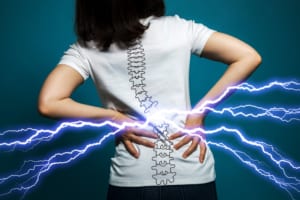
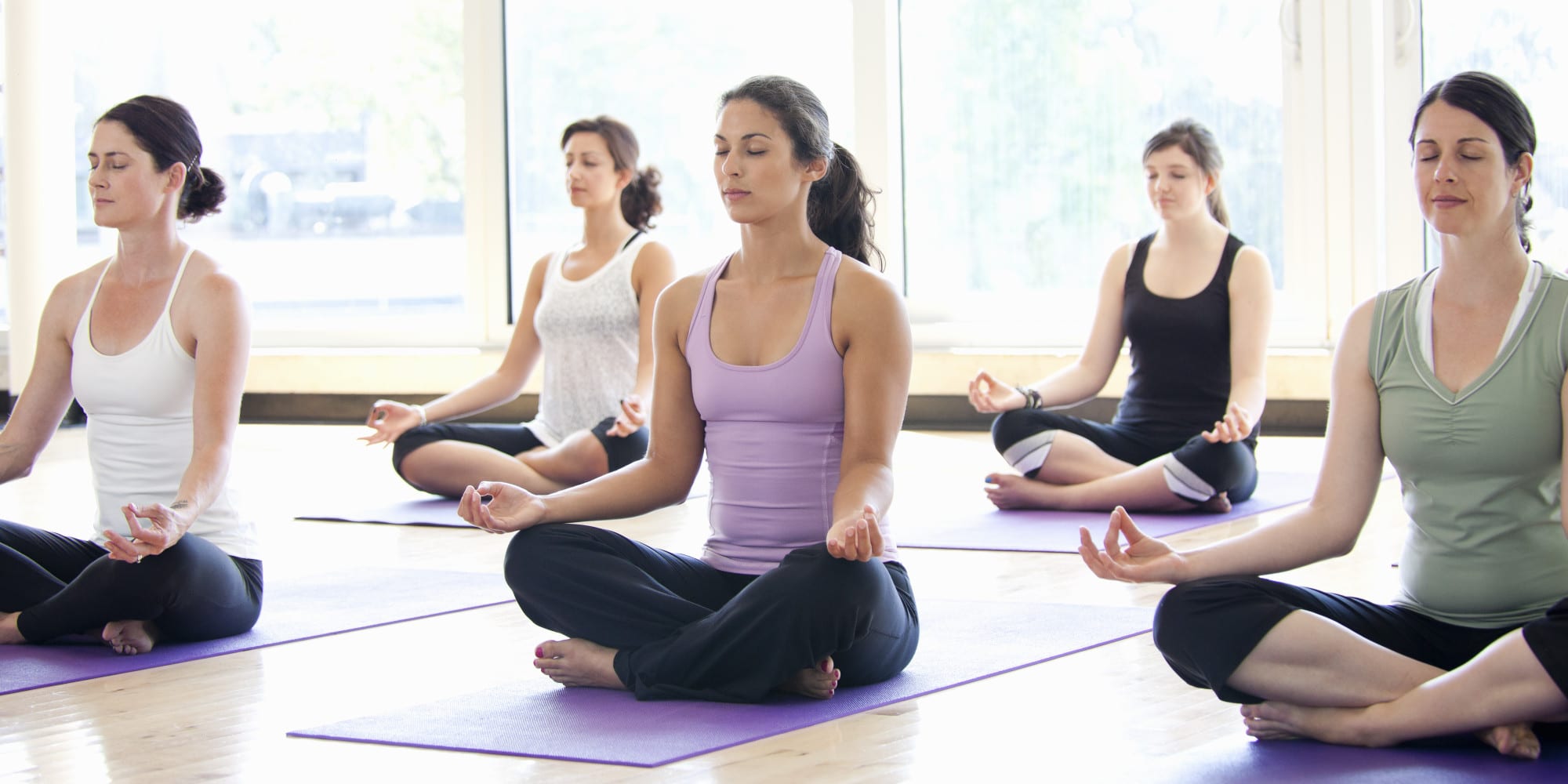
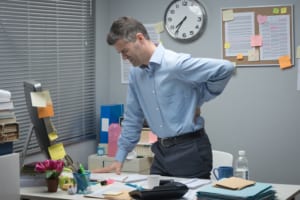 Treating people with a range of back problems is a mainstay of any Osteopath’s job. Therefore, we welcome a campaign such as
Treating people with a range of back problems is a mainstay of any Osteopath’s job. Therefore, we welcome a campaign such as  Robin Kiashek has over two decades of experience in treating a range of painful conditions related to the spine. By providing a thorough assessment and a treatment plan, including exercises and guidance on how to prevent future occurrences, patients receive a personalised treatment plan well-rounded individual treatment that can bring relief and independence. If the problem is severe or prolonged, such as acute pain resulting from injury, a treatment plan can be adjusted over time to help a patient regain optimum movement and strength.
Robin Kiashek has over two decades of experience in treating a range of painful conditions related to the spine. By providing a thorough assessment and a treatment plan, including exercises and guidance on how to prevent future occurrences, patients receive a personalised treatment plan well-rounded individual treatment that can bring relief and independence. If the problem is severe or prolonged, such as acute pain resulting from injury, a treatment plan can be adjusted over time to help a patient regain optimum movement and strength.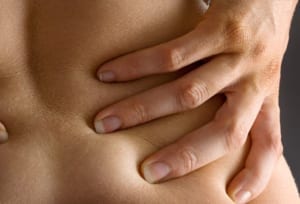 You will also recognise how life-changing good treatment is. At The Robin Kiashek Clinics the aim is to make treatment as transformative as possible, not merely temporarily effective. The treatment you will be given will not only relieve pain but help to strengthen the body in order to prevent further pain or injury. It is possible to relieve symptoms with an array of gentle treatments, all with your agreement, ranging from
You will also recognise how life-changing good treatment is. At The Robin Kiashek Clinics the aim is to make treatment as transformative as possible, not merely temporarily effective. The treatment you will be given will not only relieve pain but help to strengthen the body in order to prevent further pain or injury. It is possible to relieve symptoms with an array of gentle treatments, all with your agreement, ranging from 